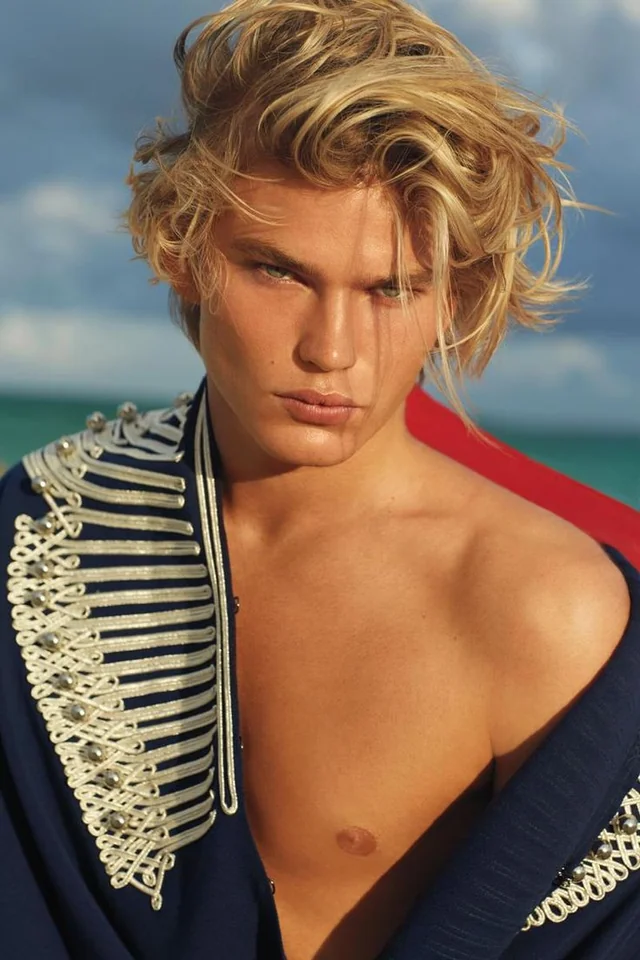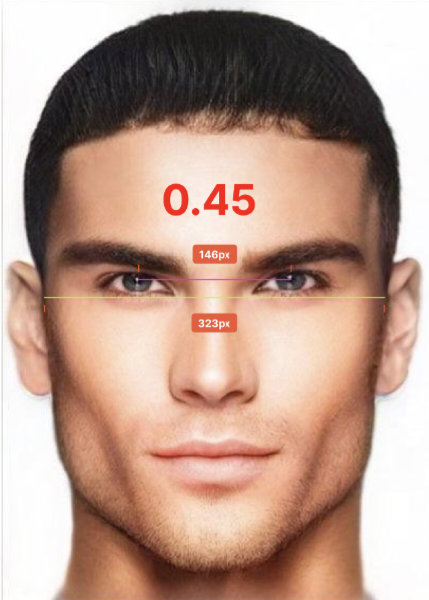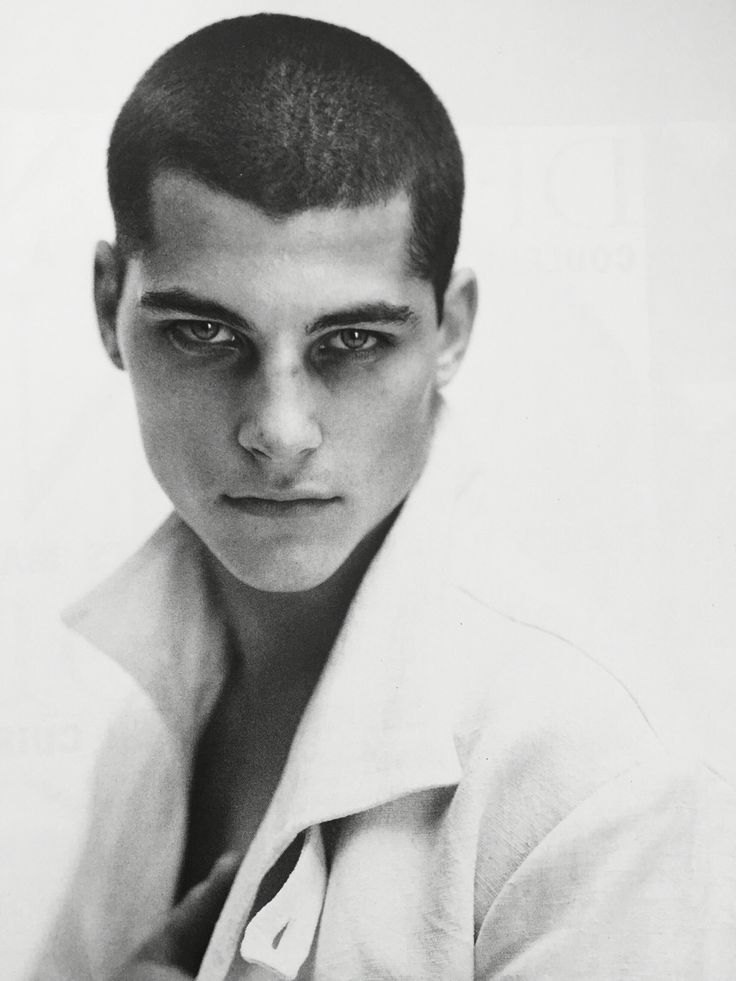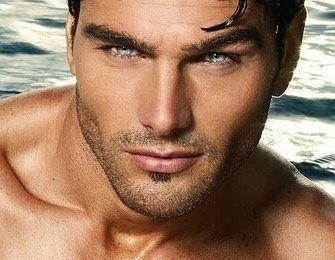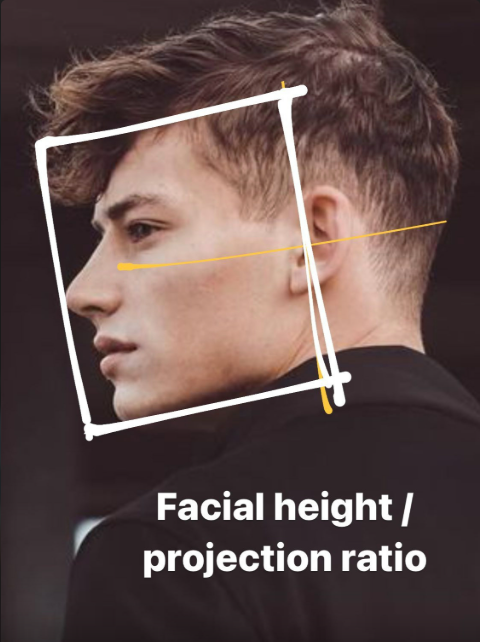VampyrMaxx

Death to Israel
- Joined
- Oct 10, 2024
- Posts
- 3,658
- Reputation
- 4,388
- OP
- #51
You didnt even read the thread and every high iq member agrees with me btwthe 2024cel with negative post rep quantized beauty finally guys we can all leave this forum now



